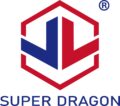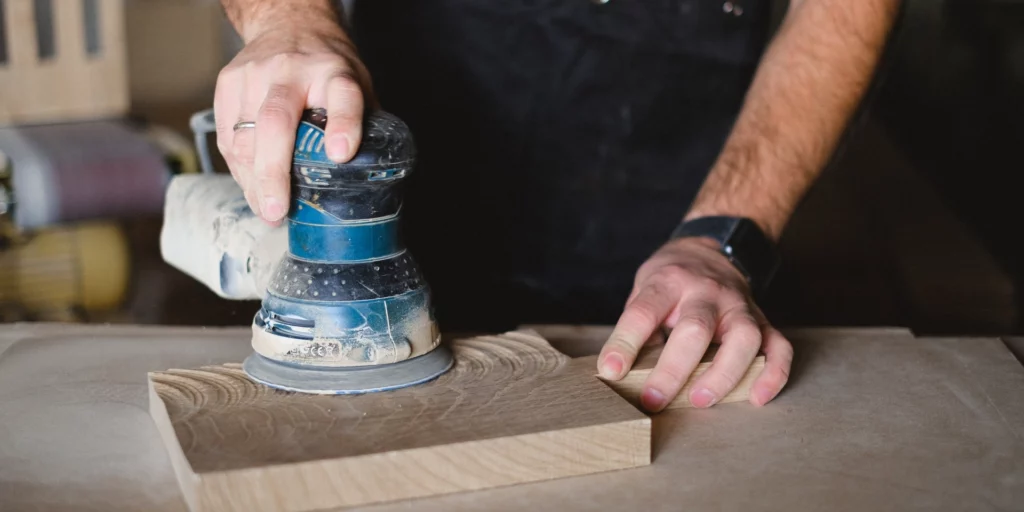Abrasives play a very important role in industrial production. Today I will bring you some relevant knowledge about abrasives!Ordinary abrasive bonded abrasives are abrasive tools that consolidate ordinary abrasives into a certain shape and have a certain strength by a binder. It is generally composed of abrasives, bonding agents and pores. These three parts are often called the three elements of bonded abrasives.Abrasives play a cutting role in abrasive tools. The binder is a material that consolidates loose abrasives into abrasive tools, and there are two types of inorganic and organic. Inorganic binders include ceramics, magnesite, and sodium silicate; organic binders include resin, rubber, and shellac. The most commonly used of these are ceramic, resin and rubber bonds.
During the grinding process, the pores play a role in containing and removing chips, and can accommodate coolant, which helps to dissipate the grinding heat. In order to meet some special processing requirements, some fillers, such as sulfur and paraffin, can also be impregnated in the pores to improve the performance of the abrasive tool. This filler is also known as the fourth element of the abrasive.
The items that represent the characteristics of ordinary abrasives and bonded abrasives are: shape, size abrasive, particle size, hardness, organization, back fleece, back glue and bonding agent. Abrasive tool hardness refers to the difficulty of the abrasive grains falling off the surface of the abrasive tool under the action of external force, which reflects the strength of the bond to hold the abrasive grains.
The hardness of the abrasive tool mainly depends on the amount of bonding agent added and the density of the abrasive tool. If the abrasive grains fall off easily, it means that the hardness of the abrasive tool is low; otherwise, it means that the hardness is high. The grades of hardness are generally divided into seven grades: super soft, soft, medium soft, medium, medium hard, hard and super hard, and several subgrades can be subdivided from these grades. The methods for measuring the hardness of abrasive tools are the hand awl method, the mechanical awl method, the Rockwell hardness tester method and the sandblasting hardness tester method.
The hardness of the abrasive tool has a corresponding relationship with its dynamic elastic modulus, which is beneficial to use the audio method to measure the dynamic elastic modulus of the abrasive tool to express the hardness of the abrasive tool. In the grinding process, if the material hardness of the workpiece to be ground is high, the abrasive tool with low hardness is generally used; otherwise, the abrasive tool with high hardness is used.

